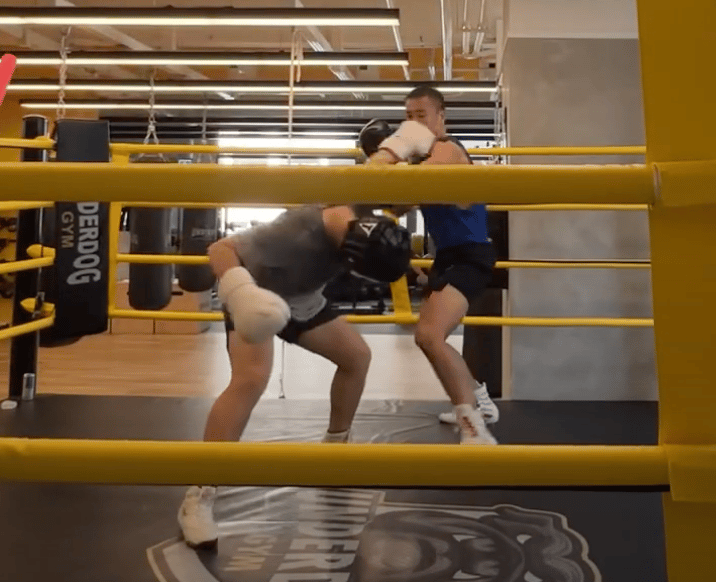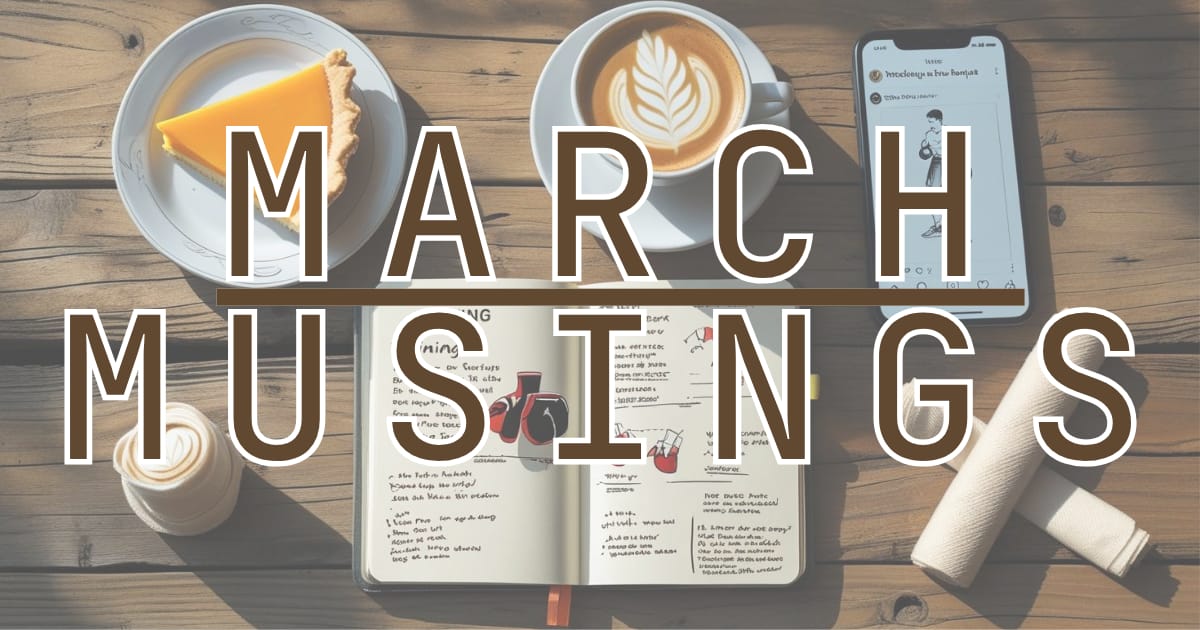The Power of Specific Feedback: A Key to Reaching Your Goals

watching my past sparring videos makes me cringe, at least its good feedback
We hear about the importance of feedback all the time, but the truth is it is only useful when it’s specific and contextual. Some of my friends know that I have been training for a boxing match recently and when I asked my coach how I could improve, his response was simply, "Do more. Just do more.”
Do more? What does that even mean? I left the gym wondering what the hell he meant. When I got home I got a message from another young fighter at the gym who records every sparring session said that the videos and uploaded and I could check out how I did. ’Thank God for this kid’, I said to myself. When watching the footage, I noticed my hand coordination wasn't very smooth. Like a newborn fawn learning to walk. The next day at the gym when I discussed this with my coach, he gave me much more useful guidance: "You need to shadowbox more to get comfortable with the movements. You’re still too stiff; you need to be more fluid with the movements ” That feedback was more useful, practical – I knew exactly what to practice and why.
This experience taught me something important about the two-way street of feedback. We need to know precisely what others see so we can recognize what needs improvement. It's a cycle: (1) you try something, (2) get specific feedback, (3) adjust your approach, and hopefully (4) improve.
I call it a two-way street because I would often get stuck between steps 2 and 3. Step 3 really depends on how coachable you are—how willing you are to take that feedback and adjust your approach accordingly. If I didn't apply my coach's feedback, it would be pointless. Even more so, if I didn't understand what he was trying to say, that would also be pointless. What I'm emphasizing is that while getting feedback is important, it's equally important that you genuinely listen to the person giving it. Often, it comes down to "How much do I respect this person, and am I willing to accept their advice as legitimate?" If the answer is no, you'll likely never apply that feedback, leaving you stuck in the same patterns while everyone grows frustrated. Sometimes, it's not about the feedback itself, but how it's communicated and received.
Feedback is everywhere in our daily lives if we pay attention. Take cooking, for instance. You hear the sizzle when you grill meat on a hot pan. You feel the heat radiating from the stove. These sensory cues tell you whether conditions are right or what adjustments are needed.
If I don't hear that sizzle, I question: is the pan hot enough? If I can't feel heat radiating from my wok, is it truly ready for stir-frying my rice? Instinct and experience tell me to wait, to be patient—otherwise, I'm setting myself up for a lackluster lunch.
I read many recipes that begin with "Put the pan on medium-high heat," and I think to myself how inadequate that instruction is. The reality requires more intuition. "Heat the pan until a single drop of water dances for a second before disappearing" provides much clearer guidance.
My point about feedback is simple: it's all around us, but we need to pay attention to it. For anyone pursuing a goal this year—whether learning a language, trying new recipes, or improving at the gym—ask questions that will give you clear direction rather than vague encouragement. Good feedback doesn't merely tell you to "do more"—it shows you exactly what to do differently, and that's what helps you achieve what you set out to accomplish.
What I’m cookin’: Thai Tea Pie - Experimenting with Tea-Infused Desserts
This month I'm sharing an experiment from foraying into the world of desserts. First was a Thai Tea Pie (recipe courtesy of Tasty), and the second was a creative riff using boba milk tea.

looks as good as it tastes
I've learned two important lessons in the kitchen: always try the recipe by the book first, then when you feel comfortable, put your own spin on things. Understanding how something works allows you to break it down and make it either uniquely yours.
For the Thai Tea Pie, I followed the recipe exactly—with two practical exceptions. I skipped making the crust from scratch (way too much work, and honestly, who has time for that?) and used canned whipped cream instead of homemade (again, saving time). The Thai tea flavor was a hit! One tip: I recommend using more tea than sugar since, in my experience, the original recipe can be a bit too sweet for some palates.
The second creation—my Boba Milk Tea Pie —came from pure necessity-driven curiosity. My cousin accidentally ordered two Boba Milk Teas when we only wanted one. Why not make things... interesting?

my 3.14 pie days experiments
When you break down the original recipe, it's essentially brewing a steeped liquid plus milk and sugar, heated together until it becomes a pudding-like base . With my extra milk tea drink (minus the boba), I wondered if it could serve as the base.
I heated the milk tea on the stove top and once it thickened (I didn’t have to add any type of thickening agent) and magic happened—it developed a toasty, nutty flavor. The heating process transformed it into a roasted tea flavor profile that wasn't part of my plan but turned out to be a delightful surprise.
What I learned from this experiment is valuable for anyone cooking at home: you don't need to follow complicated recipes to the letter if you understand how the key components work together. This knowledge gives you the freedom to make substitutions confidently.
This technique could work beautifully with other flavors like taro milk tea or something fruity like strawberry milk. Just remember that the milk component is crucial—use a milk-based tea rather than just a fruit tea, as milk creates the base for the custard.
Give it a try yourself and let me know what your creative variation is on the ____ Tea Pie.
What I’m listening to: Daniel Caesar: The Smooth Cup of Morning R&B
I was immediately impressed by Daniel Caesar when he first appeared on the music scene in the 2010s. The kid simply had 'soul'—that rare quality of sounding like he'd lived several lifetimes despite his youth.
I stumbled on his COLORS Studio performance and left thinking this dude was smoooooth, as effortless as Sunday morning. The vibe was mellow and graceful, like that perfect cup of coffee that gives you quiet confidence to face the day. His sound evokes D'Angelo and Sade— R&B Legends who accomplished so much with so little.

His music is charactered by an elegant restraint. There's no excessive instrumentation or unnecessary production—just his velvety voice taking center stage, creating the perfect soundtrack for daybreak. His melodies remind me of my go-to morning brew, Verve's Morning Sermon— no harsh notes, just a smooth transition to consciousness.
When I saw on Spotify that he did a collaboration with Rex Orange County, I had no idea what to expect. My only impression of Rex had been the deceptively upbeat yet melancholy "Best Friend" about unrequited love. What alchemy would these two create? As it turns out, "Rearrange My World" is the ideal blend of Rex's lyrical prowess with Caesar's soulful delivery.
The song could easily serve as your morning alarming tone - a much more pleasant way to transition from sleep than the default iPhone alarm. I also appreciate the phrase ‘rearrange my world you do’ in the sense to love someone so profoundly it would rearrange the experience of your world. Your world has shifted on its axis because of this profound experience you had.
Much like how I feel about my morning coffee.
Happy Pie Day,
Kevin L

